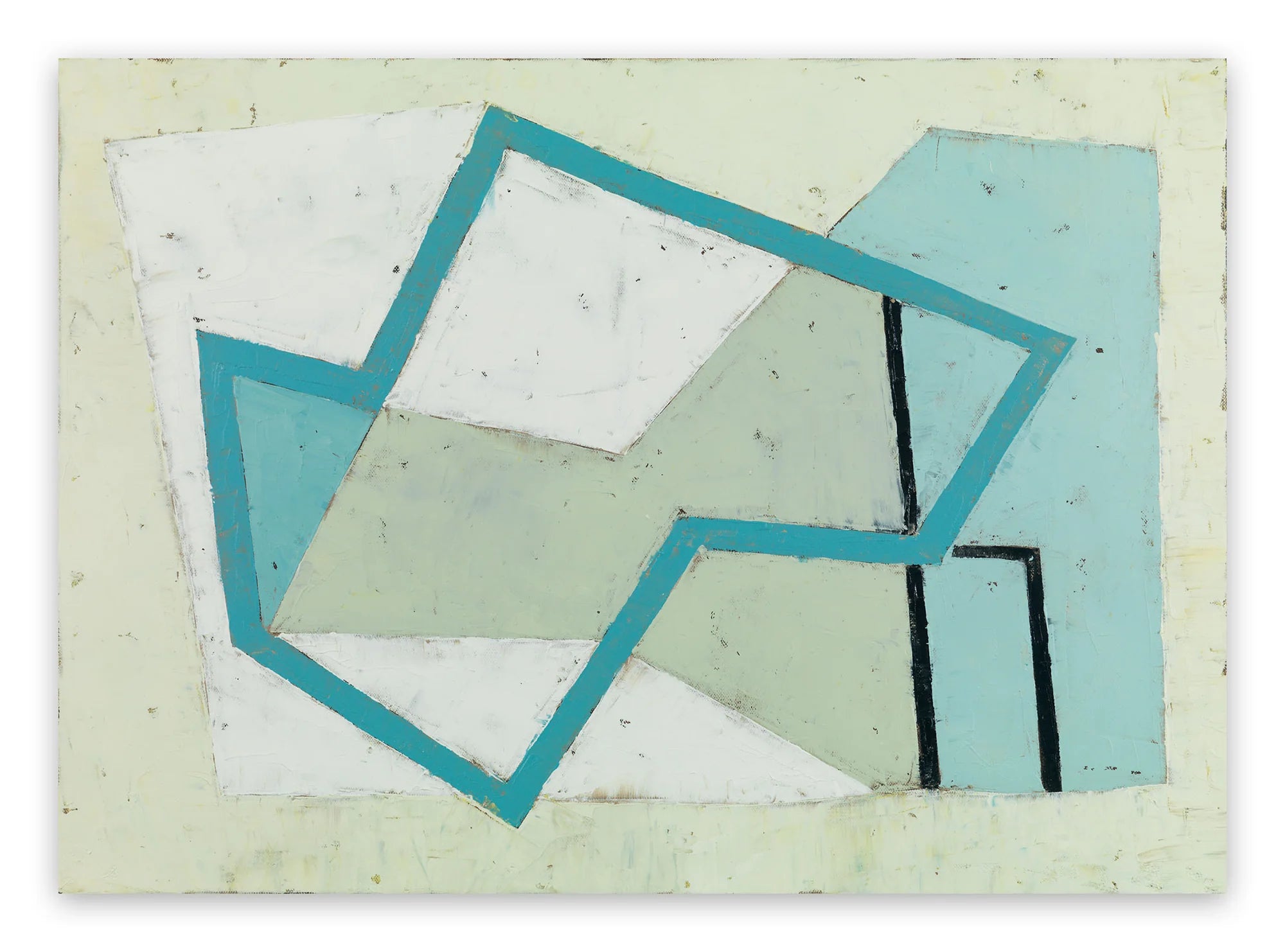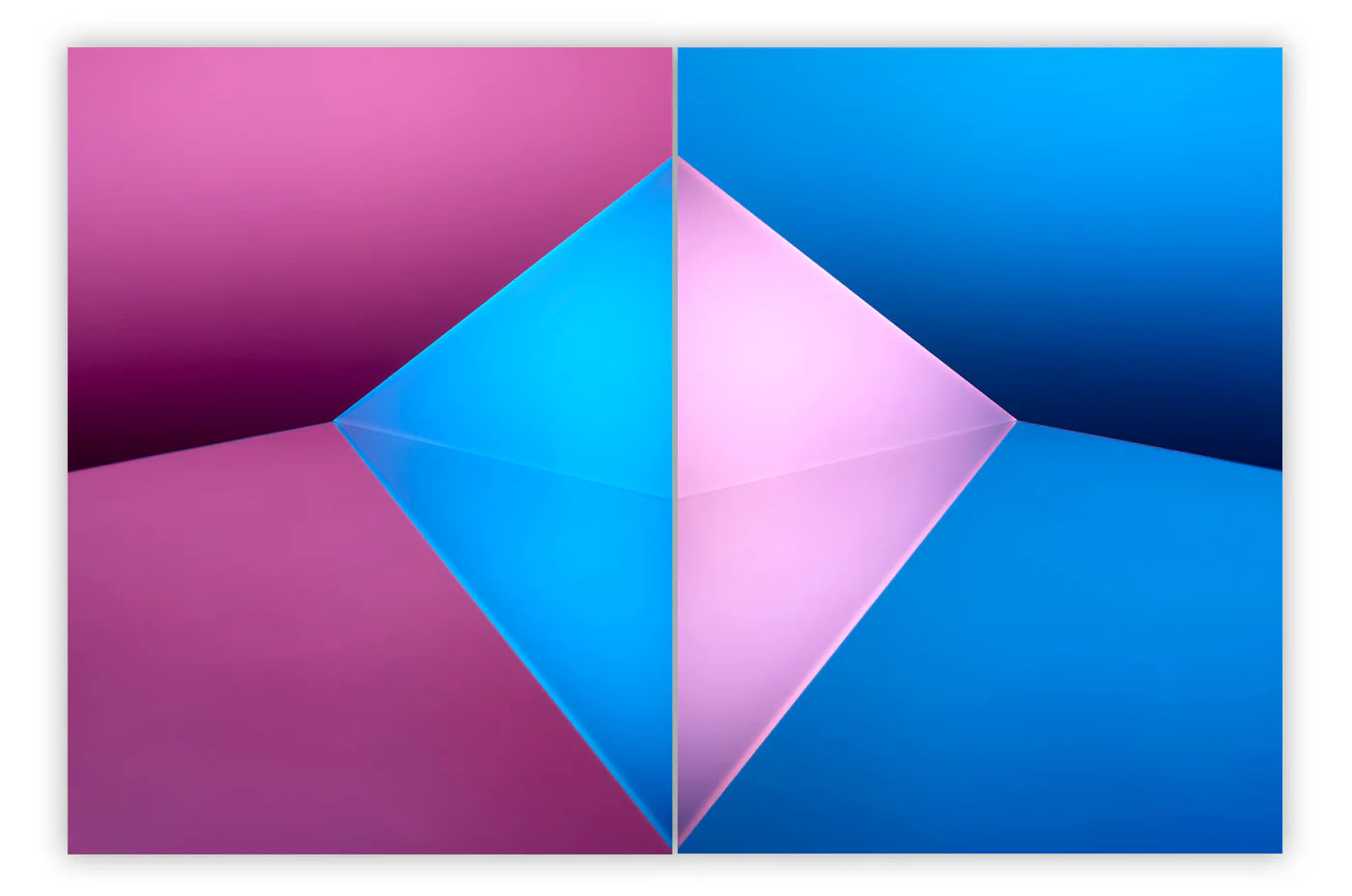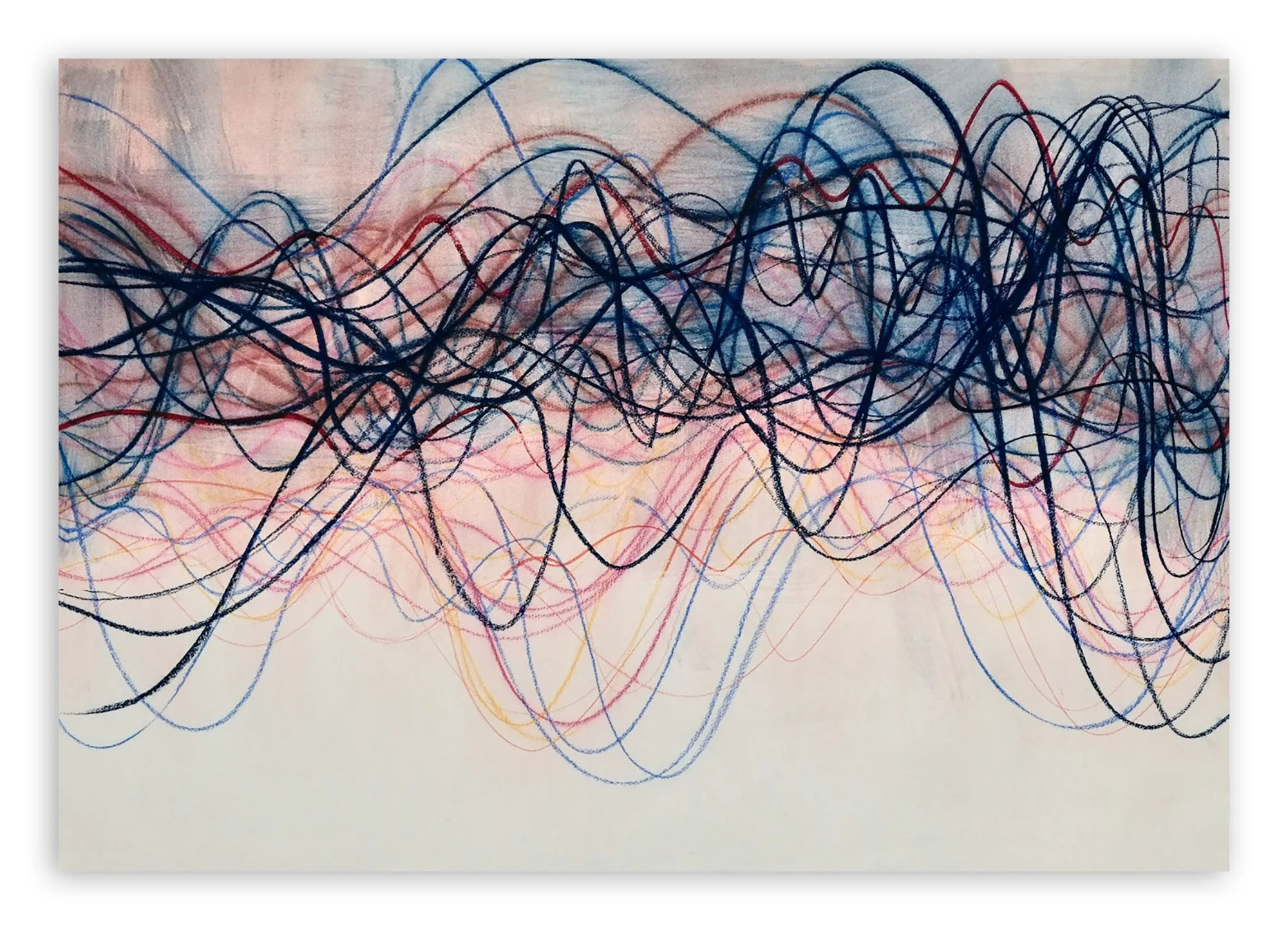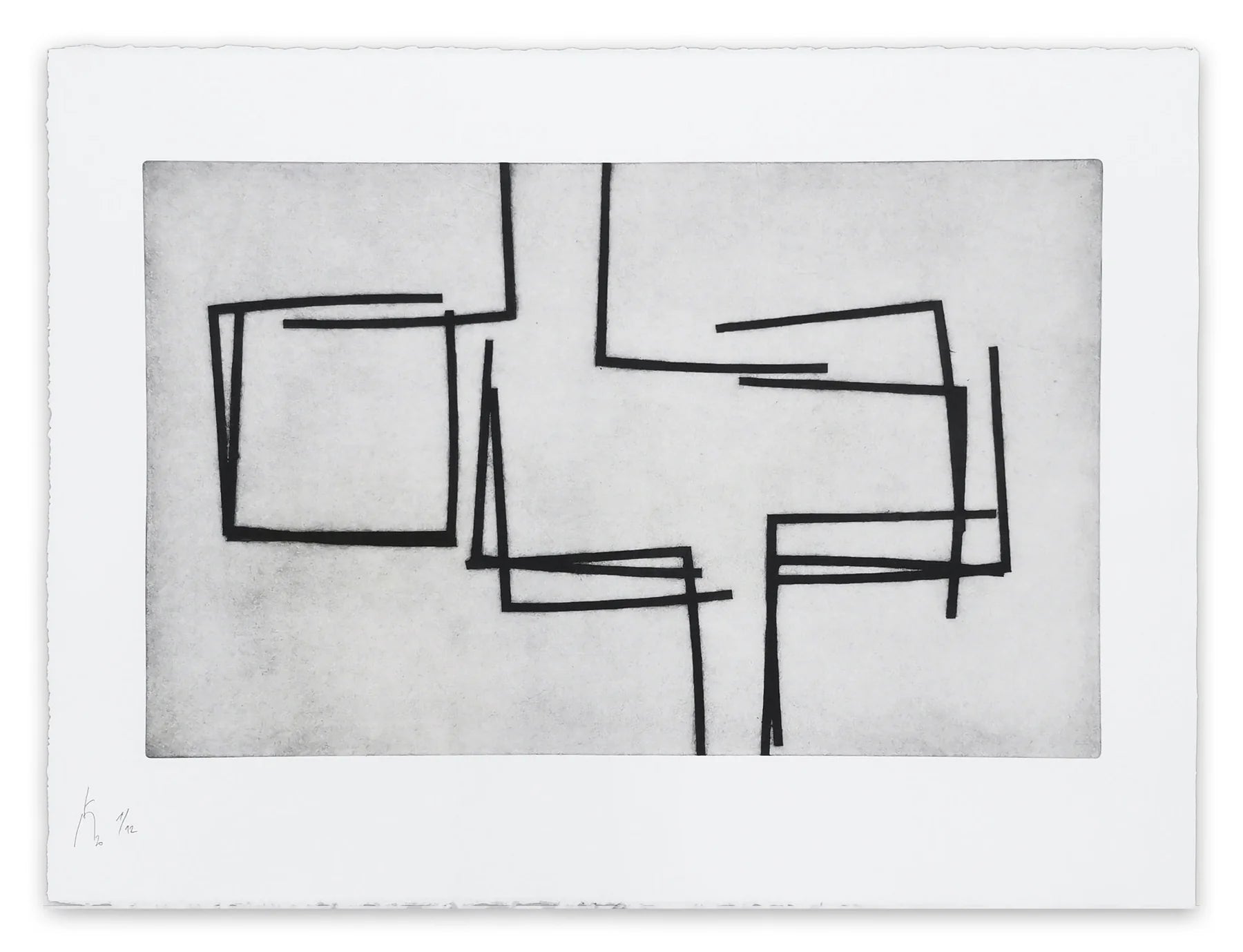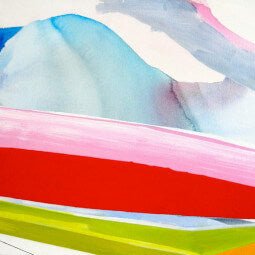Ellen Priest
1951
(USA)
AMERICAN
Ellen Priest is an American abstract artist who is inspired by music and most notably by jazz. She lives and works near Philadelphia.

Education
Priest received her Master of Divinity from Yale University Divinity School in 1977 with a dual qualification in Christianity and the Visual Arts. As an artist, she is largely self-taught.

Technique
Ellen Priest's jazz-based abstractions balance directly on the border between painting and sculpture – vibrantly colored spatial illusions when reading from a distance and 3-D relief constructions of layered, collaged paper when seen up close.
Inspiration
Jazz has been her subject matter since 1990. Drawing is always central to her process, as well as standing on its own.
The artist's inspiration comes from surprisingly diverse sources:
• Life-long visual art influences include Cezanne's late watercolors, Matisse's color and compositional structure, and Abstract Expressionism, especially the paintings of Willem De Kooning and Joan Mitchell.
• The rhythmic and harmonic structures in jazz and related African and Latin American music.
• Her athletic pursuits, since her paintings are really about movement. Priest's favorite sports are "balance sports," where motion depends on weight and balance thrown off-centre, often in response to terrain, like skiing.


Notable distinctions
The Pollock-Krasner Foundation has twice awarded Priest major grants to support her innovation.
Relevant quote
In July 2010, art critic Victoria Donohoe wrote about Priest's work in two Wilmington exhibitions for The Philadelphia Inquirer: “Priest deliberately blurs the boundary between painting and jazz in her Venezuelan Suite painted collages. These use form as a language of music... Seeing jazz as full of joy and energy, able to transform sadness, Priest uses it successfully here to create materialized movement in actual worlds of coloured space.”
Galleries
ALVA Gallery, New London, CT

Female Abstract Artists You Should Know
There is a gender bias in art. But important female abstract artists are not in short supply. The problem is market demand. In 1971, Linda Nochlin wrote an influential article on gender bias in ar...
Read more
The Importance of Texture in Abstract Art
Broadly speaking there are two categories of texture in art, just as in life: rough and smooth. Both can be hard or soft, wet or dry, organic or synthetic, etc. And infinite gradations of roughnes...
Read more
Discover the Gouache Art You Can Collect
We have written before about gouache art, exploring its rich history and traditions in relation to abstraction. Gouache is a versatile paint medium that combines some of the most desirable traits ...
Read more
Defining the Lyrical Abstraction
Lyrical Abstraction is a seemingly self-defining term, and yet for generations its origin and meaning have been debated. The American art collector Larry Aldrich used the term in 1969 to define th...
Read more
The Importance of Color in the Art of Hans Hofmann
It would be difficult to name a more influential 20th Century painter than Hans Hofmann. The biographies of hundreds of important artists, teachers and innovators would not be complete without men...
Read more
Vibrancy and Energy in Joan Mitchell Paintings
When we look at a Joan Mitchell painting we are looking at an image of liberty. We are looking at abandon made palpable. Mitchell approached the act of painting from a place of total freedom, with...
Read more
A Brief History of Gouache in Abstract Art
Can paint speak? In 1964, Canadian philosopher Herbert Marshall McLuhan coined the now-famous phrase, “The medium is the message.” If McLuhan was correct, that means that whatever is communicated ...
Read more
Ellen Priest - Group exhibition “On another note: The intersection of Art and Music”
As Wassily Kandinsky pointed out more than a century ago, music is capable of communicating human universalities without the aid of representational language. The goal of abstract art ever since h...
Read more
